|
|
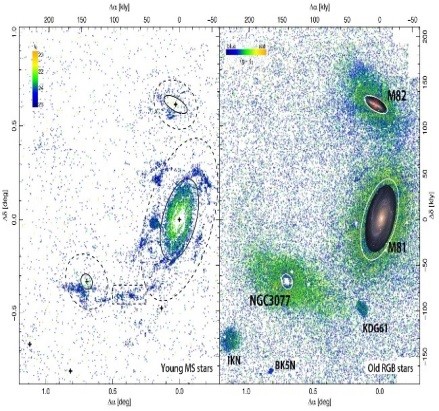 |
New study reveals that big galaxies grow by cannibalizing smaller ones [2015-09-18]
A new study led by an astronomer from Shanghai Astronomical Observatory (SHAO) has found evidence revealing a cosmic cannibalizing event --- M81, one of the nearest massive galaxies, is eating two neighboring smaller galaxies and continues to grow. “This is the first endeavor beyond the Local Gr... more |
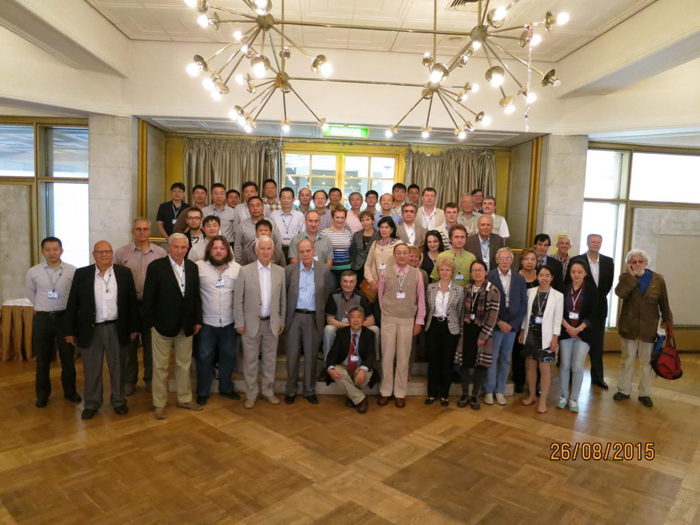 |
APSG 2015 International Symposium Held in Russia [2015-09-15]
APSG 2015 International Symposium of Asia-Pacific Space Geodynamics (APSG) Program, was successfully held in Moscow, capital of the Russian Federation, 24-28 August, 2015.
Shanghai Astronomical Observatory, Chinese Academy of Sciences is one of the more |
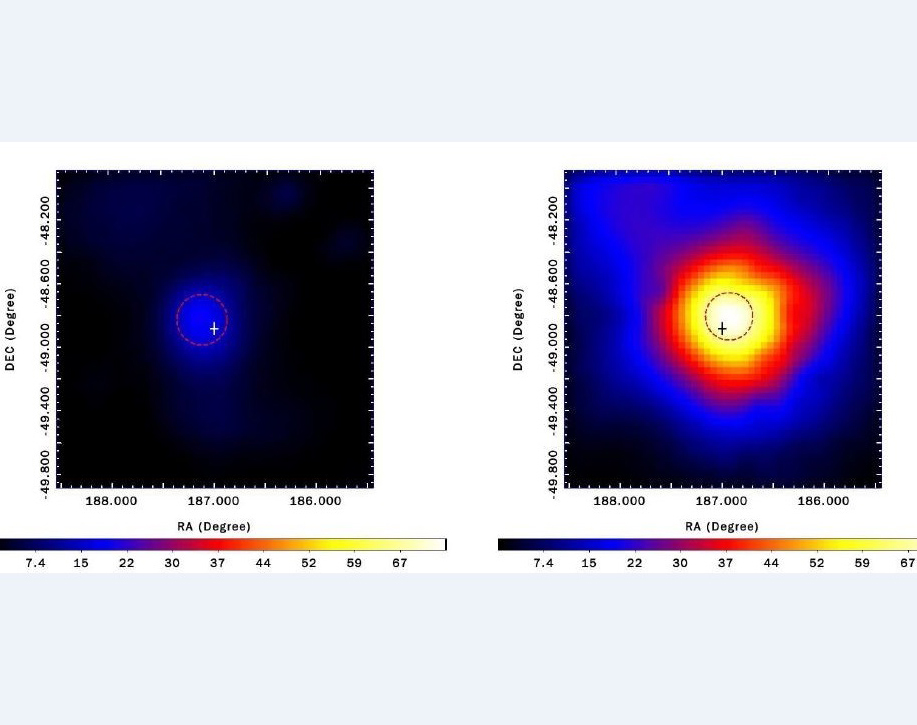 |
SHAO’s progress on the second transitional pulsar binary [2015-09-06]
SHAO astronomers have studied the emission properties of the second transitional millisecond pulsar binary in the gamma-ray band. Combining other multiband information, they have revealed the physics behind the transitional phase. more |
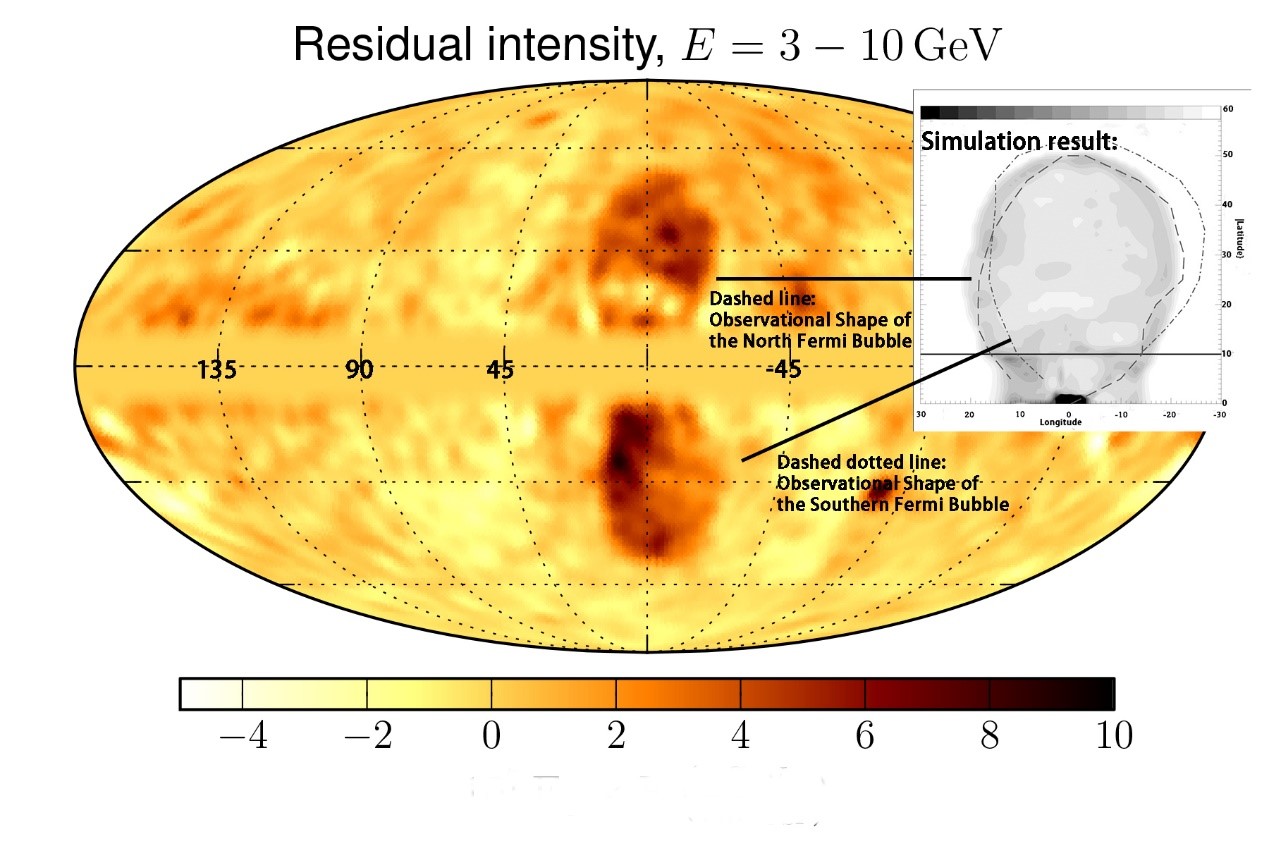 |
SHAO's new progress on explaining the Fermi Bubbles in the Milky Way [2015-08-25]
Two giant gamma-ray bubbles above and below the Galactic plane were discovered by the Fermi Gamma-ray Space Telescope on 2010. How did the called Fermi bubbles form? How can we explain their observational characteristics, such as their morphology, distribution of surface brightness and so on? In ... more |
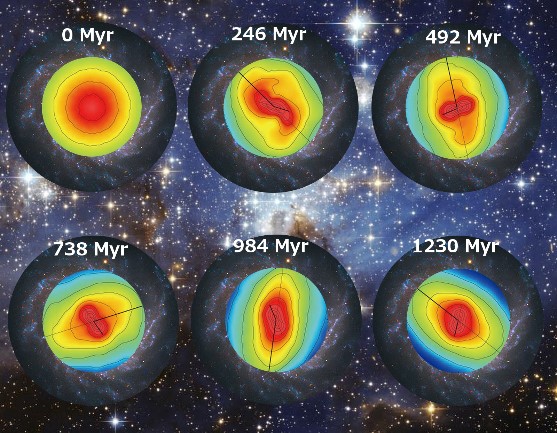 |
How do barred galaxies get two bars? [2015-07-22]
The Milky Way Galaxy, our home, is not just a spiral galaxy, but a barred spiral. About two thirds of spiral galaxies are classified as barred spirals, among which one type is even more special by hosting two bars. These are termed spiral galaxies with two bars (S2B in short. In Chinese, 2B often... more |
|
|